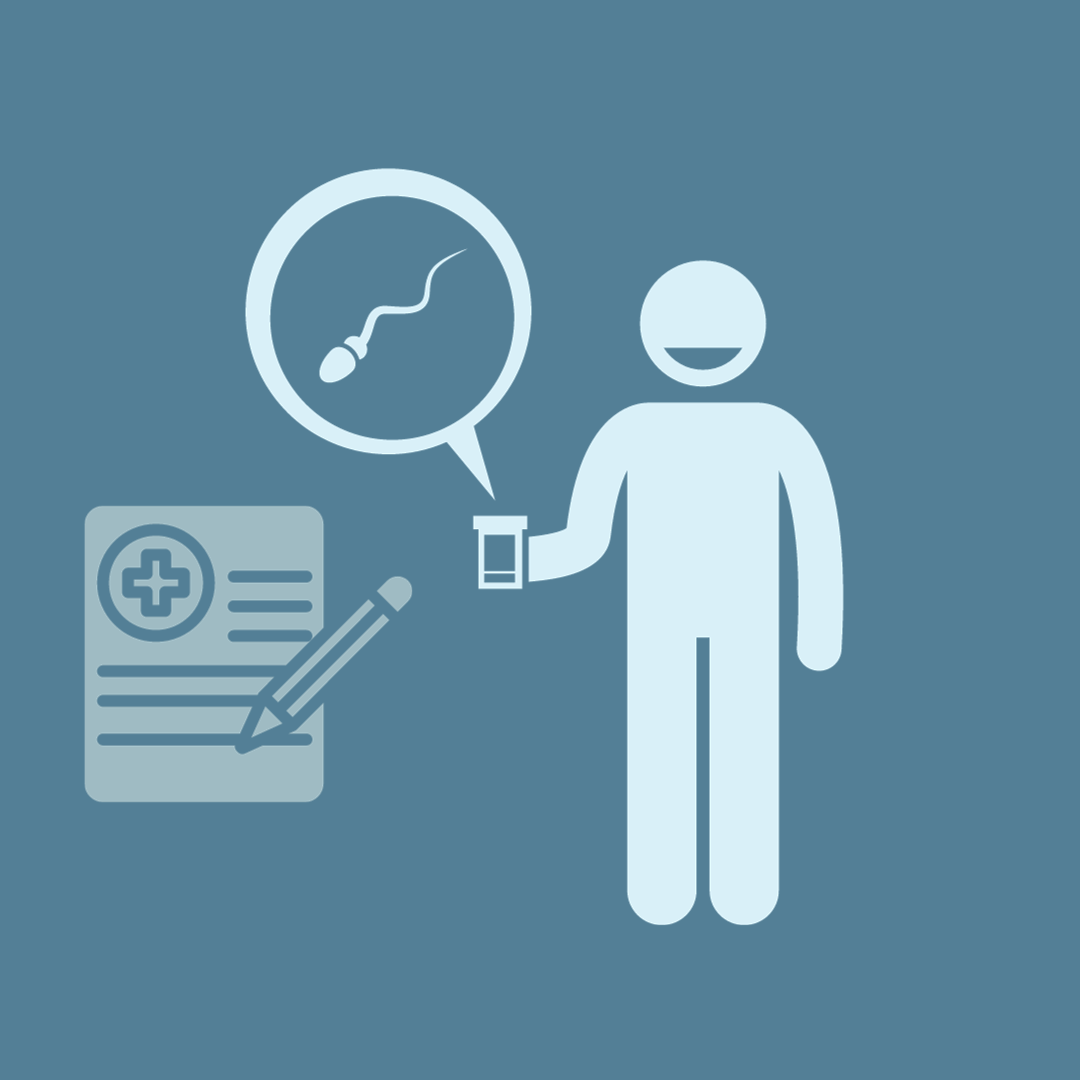Neurodivergent gamete donors should not be automatically excluded
By Dorian Accoe,
BioNews
| 09. 15. 2025
Many fertility clinics and gamete banks exclude candidate donors who are neurodivergent or have a family history of neurodivergence. Neurodivergence refers to a form of neurocognitive functioning that diverges from neurotypical or socially dominant norms, such as autism, attention deficit and hyperactivity disorder (ADHD), and dyslexia.
Guidelines from the American Society of Reproductive Medicine explicitly state that candidate donors with a personal history or a first-degree relative with autism should be excluded; while ADHD should be considered on a case-by-case basis. There is no general European directive regarding this matter, so the decision is up to clinics and gamete banks. In 2016, the UK's largest sperm bank rejected candidate donors based on neurodivergence (see BioNews 834).
The exclusion of neurodivergence in donor conception can also extend to practices after donation. When a donor-conceived child is neurodivergent, the further use of those donor gametes is sometimes restricted. This is in line with the policy of some clinics to restrict the further use of donor gametes following new genetic (risk) information. According to our Belgian study, about 13 suspected or...
Related Articles
By Grace Won, KQED [with CGS' Katie Hasson] | 12.02.2025
In the U.S., it’s illegal to edit genes in human embryos with the intention of creating a genetically engineered baby. But according to the Wall Street Journal, Bay Area startups are focused on just that. It wouldn’t be the first...
Several recent Biopolitical Times posts (1, 2, 3, 4) have called attention to the alarmingly rapid commercialization of “designer baby” technologies: polygenic embryo screening (especially its use to purportedly screen for traits like intelligence), in vitro gametogenesis (lab-made eggs and sperm), and heritable genome editing (also termed embryo editing or reproductive gene editing). Those three, together with artificial wombs, have been dubbed the “Gattaca stack” by Brian Armstrong, CEO of the cryptocurrency company...
By Lucy Tu, The Guardian | 11.05.2025
Beth Schafer lay in a hospital bed, bracing for the birth of her son. The first contractions rippled through her body before she felt remotely ready. She knew, with a mother’s pit-of-the-stomach intuition, that her baby was not ready either...
By Emily Glazer, Katherine Long, Amy Dockser Marcus, The Wall Street Journal | 11.08.2025
For months, a small company in San Francisco has been pursuing a secretive project: the birth of a genetically engineered baby.
Backed by OpenAI chief executive Sam Altman and his husband, along with Coinbase co-founder and CEO Brian Armstrong, the startup—called...




